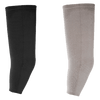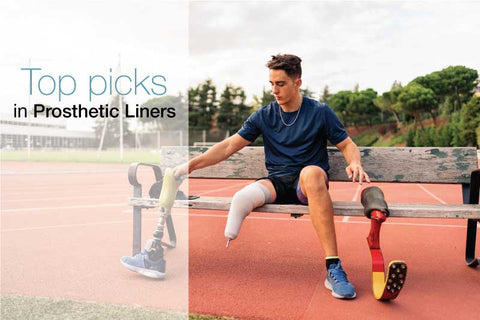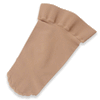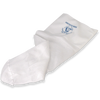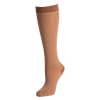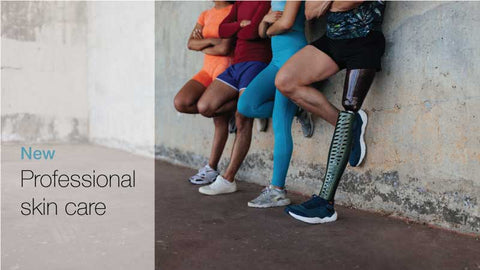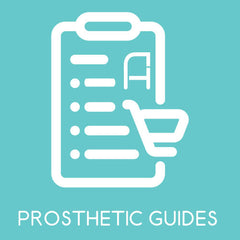Quick Walks, Big Insights: New Research Improves Prosthetic Energy Assessments
Reading Time: 5 minutes
Evaluating how people with lower limb loss walk with their prostheses is important for comparing different devices and treatments. However, the standard method usually requires individuals to walk continuously for six minutes or more, which can be tough for some. A new study published in PLOS ONE suggests that shorter walking tests might still provide useful information.

The researchers wanted to find out if quick walking tests could accurately measure how much energy prosthetic leg users use while walking. Normally, this is done by checking oxygen uptake over a longer period, which means the person needs to walk until their breathing and energy use settle into a steady pattern.
In clinics, or when patients tire easily, these lengthy tests might not be practical. So, the researchers looked into whether a shorter test, like a two-minute walk, could give similar results.
The study
The study included 30 adults, divided into three groups: 10 people with below-knee amputations, 10 with above-knee amputations, and 10 without amputations to serve as a comparison group.
Each participant took part in three different walking tests. The first test was a two-minute walk on a treadmill, followed by a 10-minute break. The second test was a six-minute treadmill walk, but the researchers focused on the data from minutes 2 to 4. Lastly, the participants did an overground two-minute walk test, which means they had to cover as much ground as possible within two minutes.
While the participants walked, the research team measured how much oxygen they used. This information helped them calculate how much energy was being expended during the walking tests.
Key findings
The researchers found that some short tests work surprisingly well, but others are not as reliable.
One of the standout tests is the two-minute treadmill test. When researchers looked at how the body recovers after this test—a process known as EPOC (excess post-exercise oxygen consumption)—they found it provided a good estimate for how much energy the body uses. This is impressive because it means you don’t always need to do longer tests to get accurate information.
Meanwhile, the two-to-four-minute part of a six-minute treadmill test gave results that closely matched those of longer, more traditional steady-state tests.
On the other hand, the two-minute walk conducted on flat ground (overground) didn’t perform as well. The results were more inconsistent and didn’t always align with the most reliable standard measures. This could be due to the fact that it’s harder to control the walking speed and the type of ground when doing the test outdoors.
Why this study matters
Measuring how much energy you use while walking is important for improving the fit of your prosthetic, setting realistic rehab goals, choosing the best prosthetic foot or socket, and tracking your progress. However, if the tests to measure this are too tiring or difficult, they might end up not being done at all.
This study suggests that clinicians could use shorter treadmill tests, such as a simple two-minute walk followed by a recovery period, to collect valuable information without exhausting the patient.
For people with limited mobility, fatigue, or tight schedules, this could make a big difference.
Important points to consider
Before you think about swapping out longer tests for shorter ones, keep these key points in mind:
-
Trustworthiness of overground tests. While overground tests may feel more natural, they aren’t always reliable. They can produce different results compared to steady-state tests, mainly due to things like variations in walking speed, the type of surface, and how much you stop and start.
-
Short tests are estimates, not replacements. Shorter tests can give a good idea of a person’s abilities, but they shouldn’t be seen as substitutes for thorough testing. They work as initial screenings or additional tools, but not as replacements when you need detailed and accurate information.
-
Individual factors matter. The effort it takes to walk can be affected by a variety of factors, such as the type of prosthesis, the person’s walking ability, and the level of amputation. There isn’t a one-size-fits-all solution, so personalized testing is still very important.
What’s next
This research paves the way for easier and more helpful assessments for those with limb loss. It’s part of a larger effort to create clinical tools that are not only effective but also considerate of the experiences of amputees.
As researchers work on improving these methods, it’s becoming evident that shorter tests—when designed thoughtfully—can enable more people to receive the care and feedback they need without walking a mile to get it.
Related Reading:
2 Types of Exercises that Negate the ‘Prosthetic Factor’

